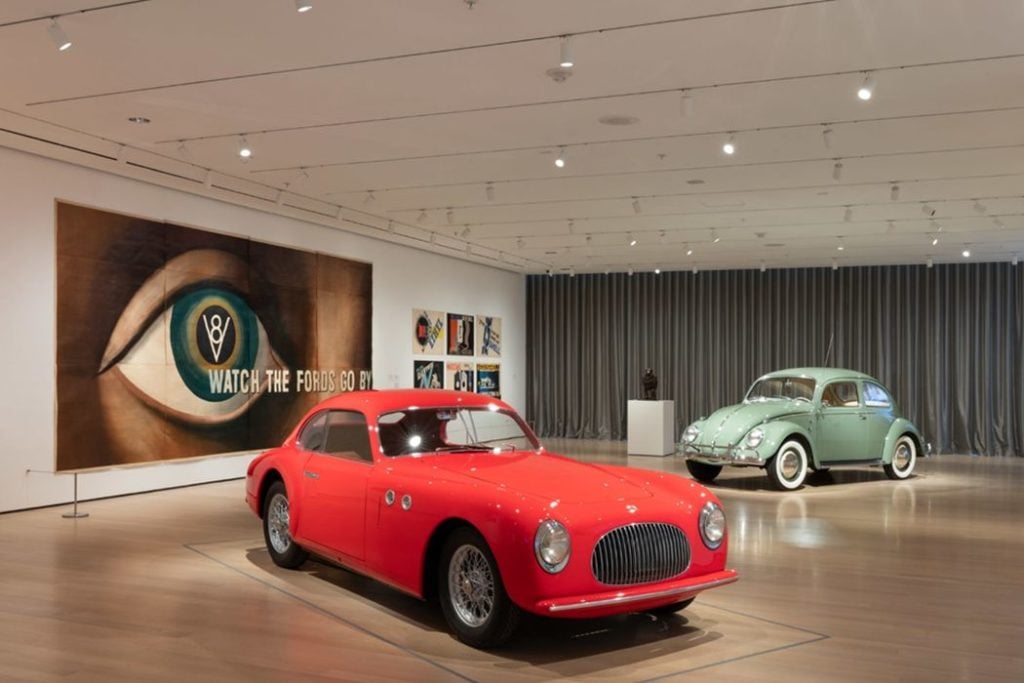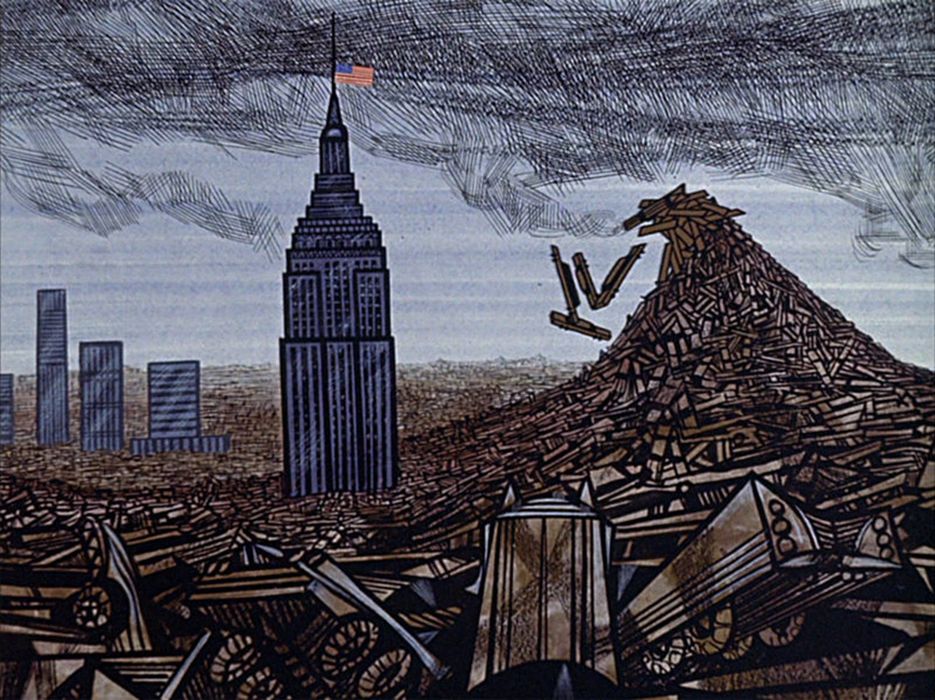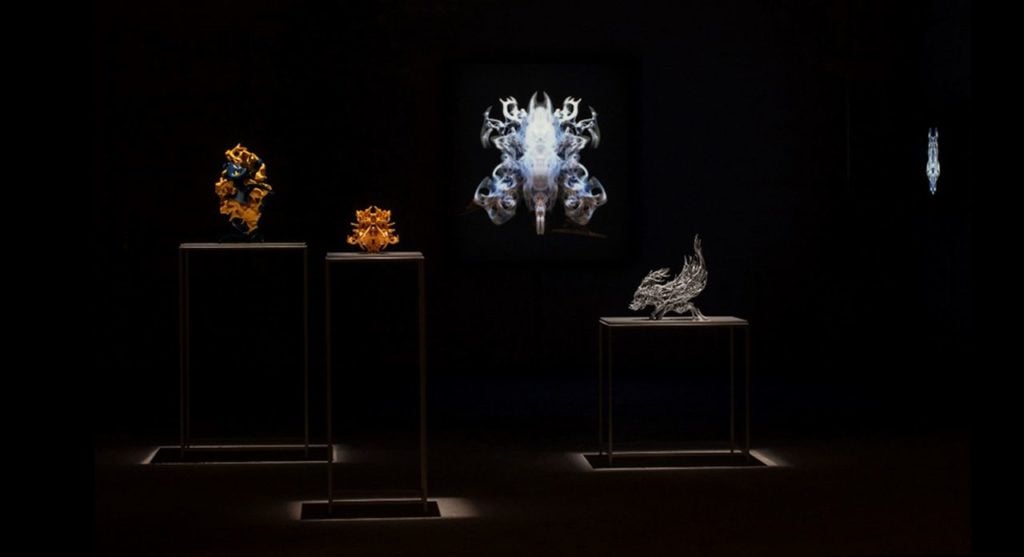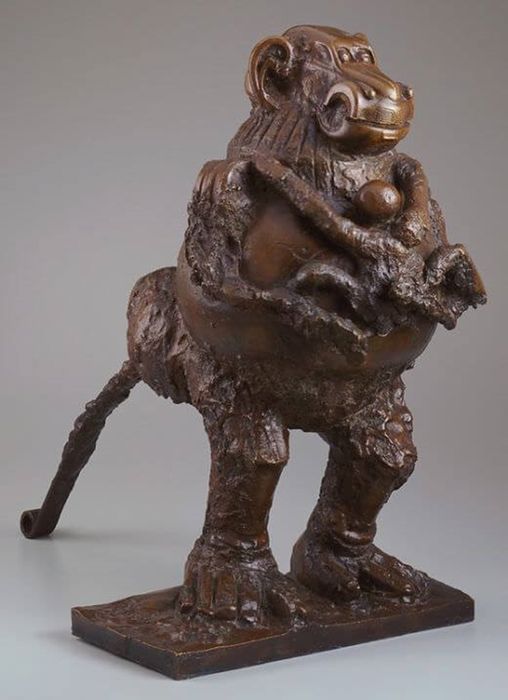
Charles R. Goulding and Preeti Sulibhavi examine how art is influenced by 3D printing through an automotive art show.
Through January 2, 2022, Automania is taking over the Metropolitan Museum of Art (MoMA) in New York City.
While we have written about art, artisans and sculptors before, this time we are revving up our engines to get to Automania.
In partnership with Allianz, Automania brings together cars and car parts, architectural models, films, photographs, posters, paintings, and sculptures, ranging from Lily Reich’s 1930s designs for a tubular steel car seat to Andy Warhol’s Orange Car Crash Fourteen Times. Nine cars, including a recently restored Volkswagen Type 1 sedan (better known as the “Beetle”), will offer visitors to take a closer view of the machines that architect Le Corbusier compared to ancient Greek temples and critic Roland Barthes likened to “the great Gothic cathedrals…the supreme creation of an era.”
Organized by former Curator Juliet Kinchin, Collection Specialist Paul Galloway, and Department of Architecture and Design Curatorial Assistant Andrew Gardner, Automania brings two worlds together for car lovers and art lovers alike.
To most a car is a metal structure on wheels that gets someone from point A to point B. But cars have served as both fashion and function for decades and are a fixture and symbol of modern life across most of the globe.
MoMA has taken cars, socio-economic conditions, and economic factors, and the human ingenuity behind the design and development of these machines, and created a vision that exhibits galleries examining “the car as a modern industrial product, transportation innovator, and style icon, as well as the generator of fatalities, traffic-choked environments and ecological disaster in the oil age.”

3D Printing and Art

Sculptors, artisan fabricators, and artists have been utilizing 3D printing and additive manufacturing techniques in their work for decades. As we reported in our earlier Bauhaus article, 3D printing can make art — modern. In almost every industry today, 3D printing can be integrated to produce a wide array of products that are complex in design, durable, yet lightweight and flexible in shape.
Artists such as, Gilles Azzaro, Louis Pratt, and Nick Ervinck are just a few who are creating art at the intersection of design and innovation by using 3D printing to express their views.

One of the more interesting and perhaps surprising art pieces at Automania is Picasso’s Baboon and Young sculpture.
Art imitates life. But it doesn’t have to be a ditto copy. As illustrated above, the baboon statue utilized two toy cars from Picasso’s son, to create the baboon’s mouth, while the eyes are framed by a windshield.
This is an important concept for the 3D printing industry since there are numerous models for 3D printing novel cars. Just like Picasso, artists can take the 3D printed model car components and make their own artwork. In such an instance, art is melding life and creating its own raw end-products.
The Research & Development Tax Credit
The now permanent Research and Development (R&D) Tax Credit is available for companies developing new or improved products, processes and/or software. Eligible costs include U.S. employee wages, cost of supplies consumed in the R&D process, cost of pre-production testing, U.S. contract research expenses, and certain costs associated with developing a patent. As of 2016, eligible startup businesses can use the R&D Tax Credit against $250,000 per year in payroll taxes.
3D printing can help boost a company’s R&D Tax Credits. Wages for technical employees creating, testing and revising 3D printed prototypes can be included as a percentage of eligible time spent for the R&D Tax Credit. Similarly, when used as a method of improving a process, time spent integrating 3D printing hardware and software counts as an eligible activity. Lastly, when used for modeling and preproduction, the costs of filaments consumed during the development process may also be recovered.
Whether it is used for creating and testing prototypes or for final production, 3D printing is a great indicator that R&D Credit eligible activities are taking place. Companies implementing this technology at any point should consider taking advantage of R&D Tax Credits.
Start Your Engines…
…and get to MoMA’s Automania exhibit before it closes. It’s not often technology and art find a creative balance. But MoMA has spotted this intersection and illustrated it with creative examples.
